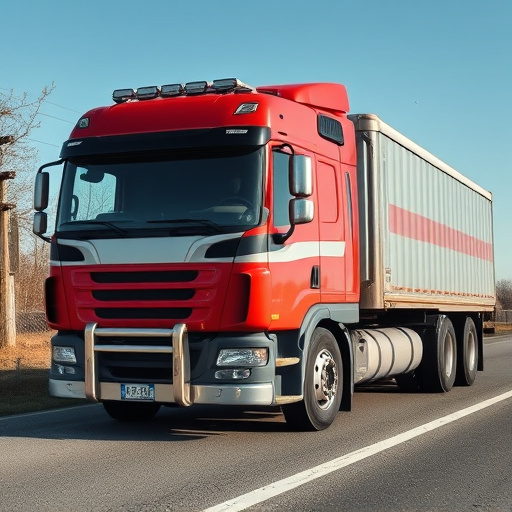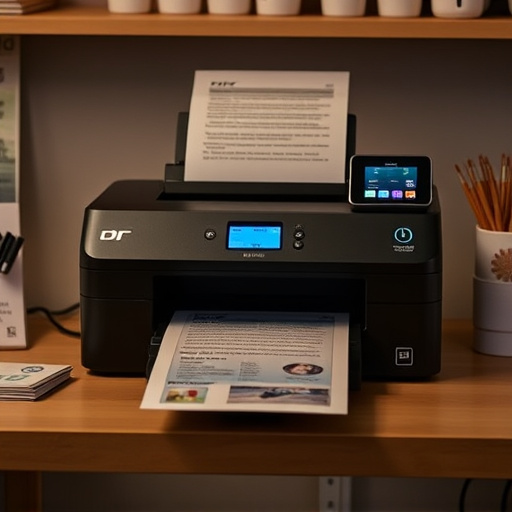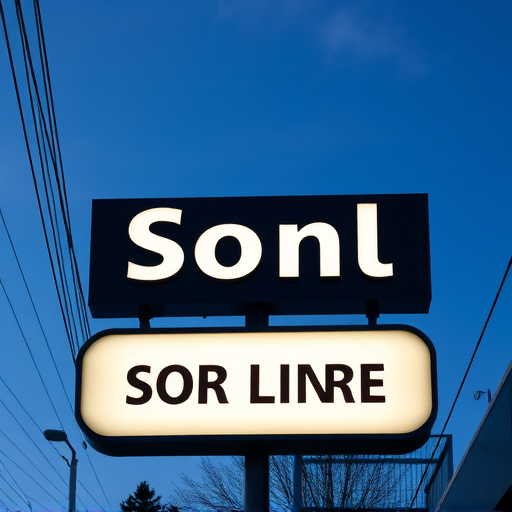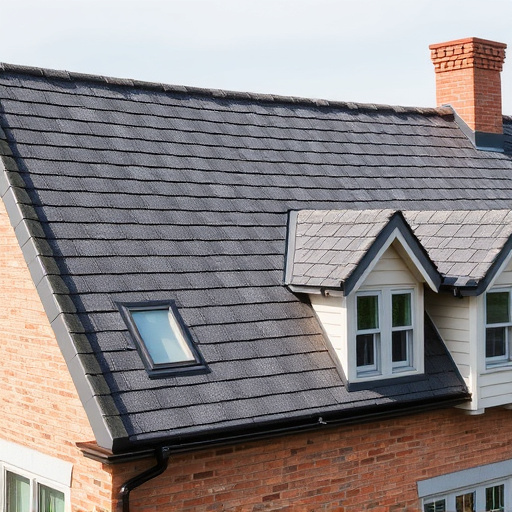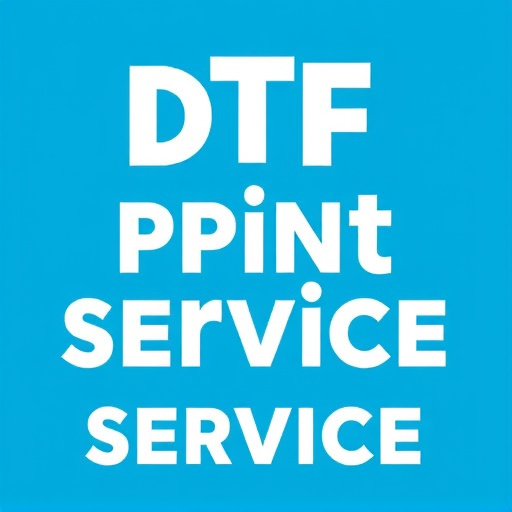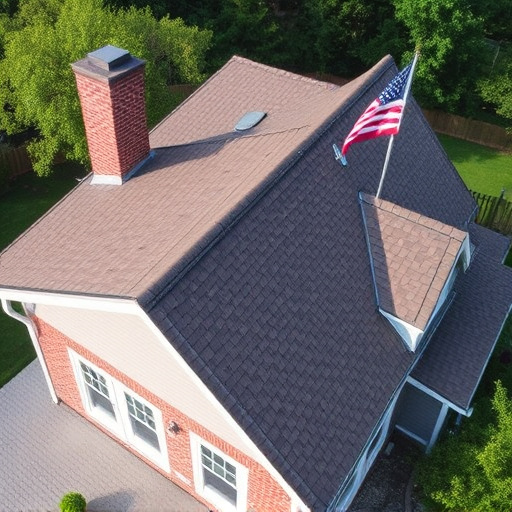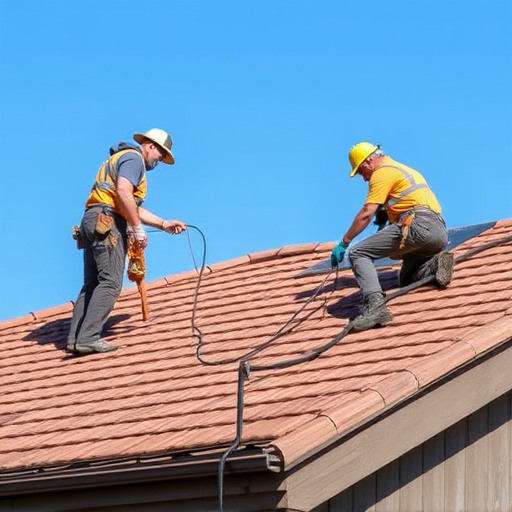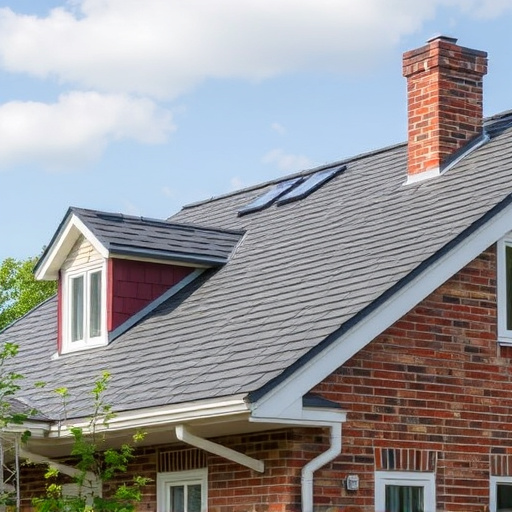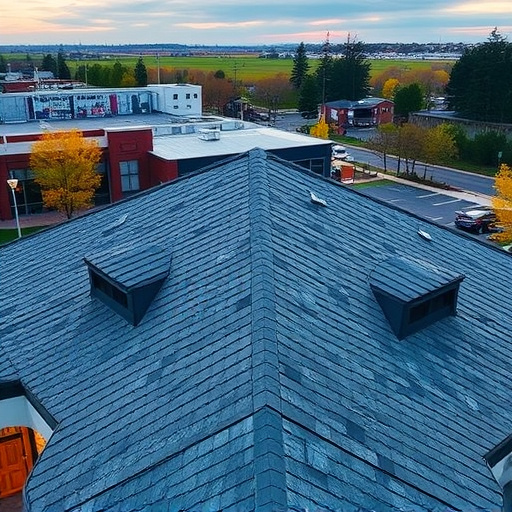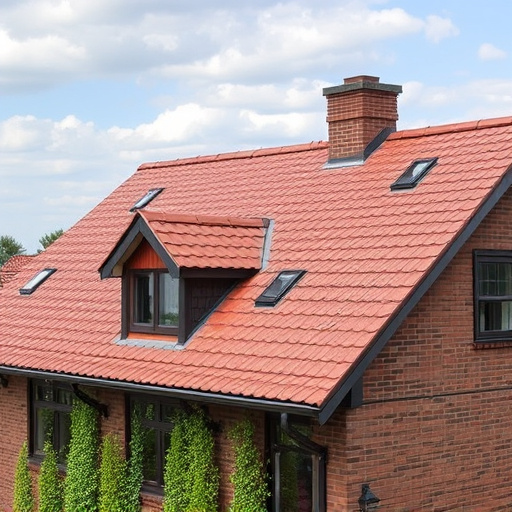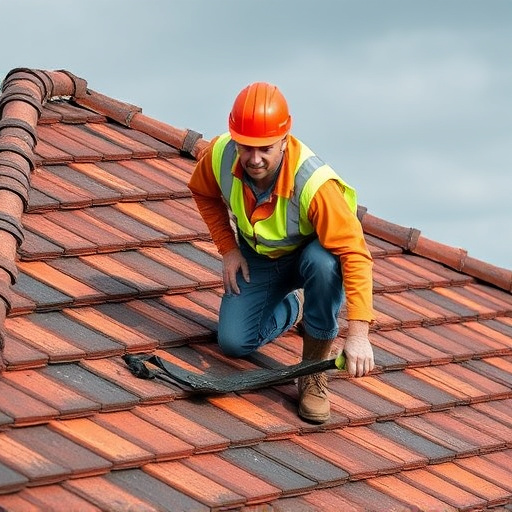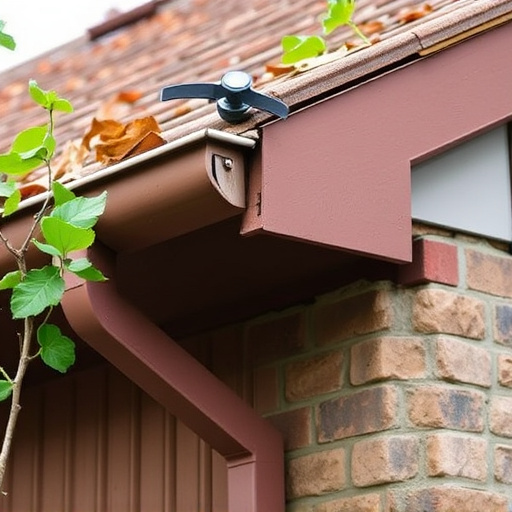Choosing the right residential siding (siding materials) is crucial for your home's curb appeal and longevity. Options include vinyl, fiber cement boards, wooden clapboards, aluminum siding, and stone veneer, each with unique aesthetics and varying durability, insulation, and maintenance needs. Vinyl is affordable and low-maintenance but susceptible to extreme weather; fiber cement offers superior strength and durability with minimal upkeep, while other options have their pros and cons. Understanding these differences aids in informed decisions during storm damage repair or roofing solutions, ensuring your home's beauty and functionality.
“Enhance your home’s exterior with the perfect siding—a key design element that impacts energy efficiency, durability, and curb appeal. This comprehensive guide explores popular siding materials for residential buildings, including vinyl, fiber cement, wood, and stucco. We break down their unique pros, cons, aesthetic allure, and long-term performance in various climates. Discover how each material can revolutionize your home’s exterior while boosting its value through strategic color choices and innovative designs. Choose wisely with our detailed comparison of siding materials.”
- Types of Siding Materials for Residential Buildings
- – Vinyl siding: Pros and Cons
- – Fiber cement siding: Features and Durability
Types of Siding Materials for Residential Buildings
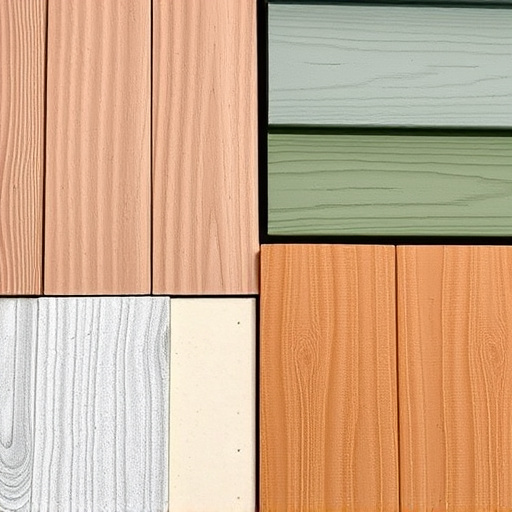
When it comes to siding materials for residential buildings, homeowners have a plethora of options to choose from. Each material offers unique aesthetic appeal and varying levels of durability, insulation, and maintenance requirements. Common types include vinyl siding, fiber cement boards, wooden clapboards, aluminum siding, and stone veneer.
Vinyl is a popular choice due to its low cost and ease of installation. Fiber cement, known for its resilience to rot and fire, provides a more natural look. Wooden clapboards offer classic charm but require regular maintenance. Aluminum siding is lightweight and resistant to corrosion, while stone veneer adds a luxurious touch with minimal upkeep. In the event of storm damage repair or roofing solutions, understanding these options can facilitate informed decisions that enhance both the curb appeal and longevity of your home.
– Vinyl siding: Pros and Cons
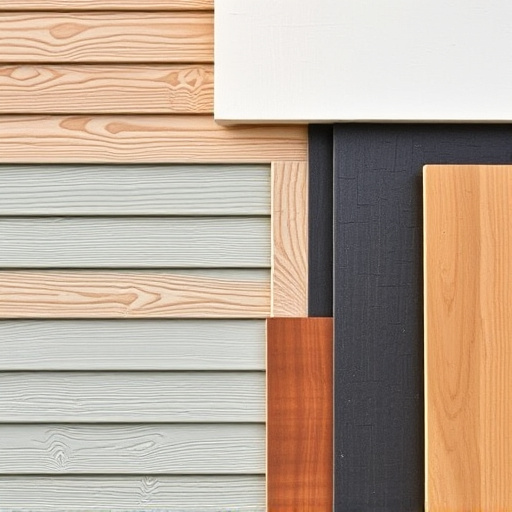
Vinyl siding has gained significant popularity among homeowners due to its numerous advantages. As one of the most affordable siding materials, it offers excellent durability and low maintenance requirements. This makes it an attractive option for those seeking a quick, cost-effective transformation of their home’s exterior. Vinyl is also highly versatile, available in various colors and styles to match different architectural designs. Moreover, its lightweight nature simplifies installation, making it suitable for residential siding projects that don’t require heavy materials or complex labor.
However, despite these benefits, there are some drawbacks to consider. Vinyl can be susceptible to damage from extreme weather conditions, such as heavy rain or strong winds, and may crack or warp over time. Additionally, while it reduces home maintenance, regular cleaning and occasional replacement of damaged panels are still necessary to maintain its aesthetic appeal. Despite these potential cons, vinyl siding remains a preferred choice for many thanks to its combination of affordability, ease of installation, and a wide range of design options, making it an excellent home service solution for property owners on a budget.
– Fiber cement siding: Features and Durability
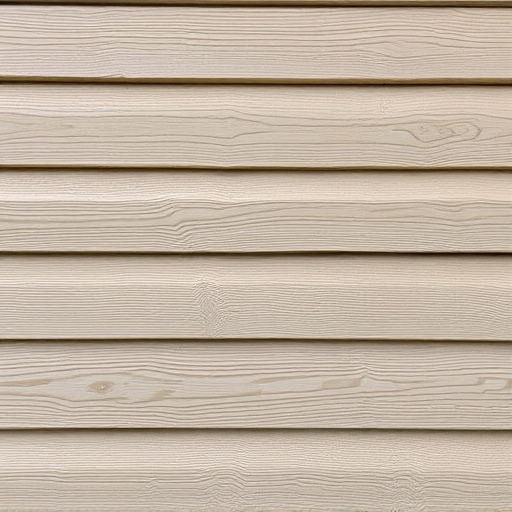
Fiber cement siding is a highly popular choice among homeowners looking for a durable and low-maintenance exterior cladding option. Crafted from a blend of cement, fiber, and other binding agents, this material offers exceptional strength and resistance to weather conditions. One of its key advantages is its longevity; it can last for several decades with minimal upkeep, making it a cost-effective choice in the long run. This type of siding is known for its ability to withstand extreme temperatures, heavy rain, and strong winds, ensuring that your home remains protected from the elements.
The installation process for fiber cement siding typically involves professional expertise to ensure proper fitting and seamless joints. Many homeowners appreciate this material’s aesthetic appeal, as it can mimic the look of wood or stone, providing a traditional or contemporary touch to residential roofing. Its resistance to fading, cracking, and rot further contributes to its popularity, making it an excellent choice for those seeking a reliable and visually appealing siding solution.
When choosing siding materials for your residential building, both vinyl and fiber cement offer compelling options. Vinyl siding is a popular choice due to its low maintenance and cost-effectiveness, while fiber cement stands out for its superior durability and resistance to rot. Considering your climate, budget, and aesthetic preferences will help determine which material best suits your needs. Ultimately, both options can enhance the curb appeal and long-term value of your home.
